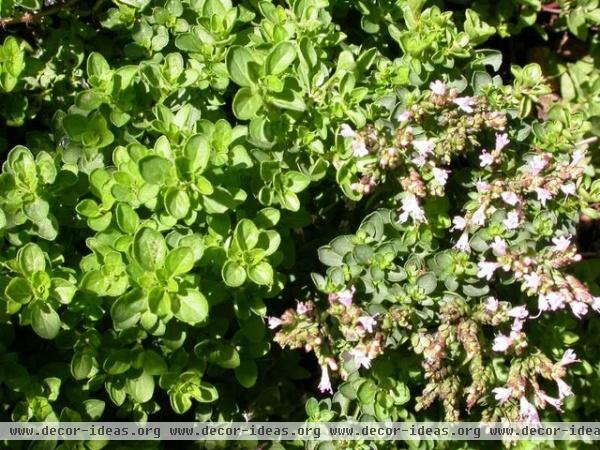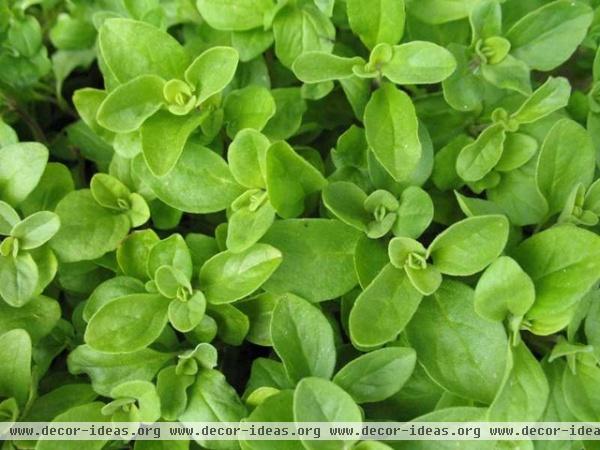Herb Garden Essentials: Grow Your Own Oregano and Marjoram
http://decor-ideas.org 07/22/2013 10:30 Decor Ideas
If you love to cook, try growing oregano and its sibling, sweet marjoram. They're pretty foolproof, ideal for novice gardeners. They're also a great addition to any number of dishes, and you can easily freeze or dry them.
The real issue is deciding which type to grow. Common oregano (Origanum vulgare) may be readily available, but it takes a culinary backseat to Greek and Italian oregano, known for their spicy flavor, and sweet marjoram, with a milder flavor that is great for seasoning vegetables and vinaigrettes.
More summer crops

Oregano varieties are generally the taller and quicker growing of the two, reaching up to 2 feet. Sweet marjoram is a little smaller and slower to reach its full 1-foot height. Both are perennials in warm weather climates but are often grown as annuals. It’s best to start from seedlings. You’ll want to smell and taste the leaves to be sure you’re getting a variety you want.
You'll also find other oregano varieties available that make colorful culinary and ornamental additions to an herb garden. The growing requirements are the same. Once you've got your staple varieties in good shape, it may be time to experiment.
Light requirement: Full sun; may need some afternoon shade in the hottest summer climates
Water requirement: Little to some
Prime growing season: Late spring through fall
When to plant: Spring into summer
Favorites: Greek oregano (Origanum vulgare hirtum, O. heracleoticum), Italian oregano (O. x majoricum), sweet marjoram (O. majorana)

Planting and care: Choose a spot in full sun once all the danger of frost has passed and the soil temperature is fairly warm. The plants aren’t fussy about soil types but do require good drainage. Amend the soil before planting, then space seedlings about 12 inches apart for sweet marjoram and 12 to 18 inches apart for oregano. You can also grow oregano and sweet marjoram in pots at least 6 inches wide.
To keep the plants from getting woody, cut them back to 4 to 6 inches about a month after planting, then again in midsummer and early fall if growing them as perennials. Cut back completely or divide every few years to rejuvenate the plants and fertilize lightly once a year in the spring.
Pests and diseases generally don’t bother oregano, though there are occasional problems with rots, spider mites and aphids. Sweet marjoram is similarly trouble free, though whiteflies and rust may sometimes cause problems.

Harvest: Begin harvesting when plants reach 6 to 8 inches tall. Cut fresh leaves just as the flower buds form for the best flavor. You may notice a growth spurt right before flowering.
Freeze or dry the leaves for longer storage; also harvest just before the plants bloom. For best results pick the leaves when they are dry.
More essential herbs: How to Grow Basil
Related Articles Recommended












